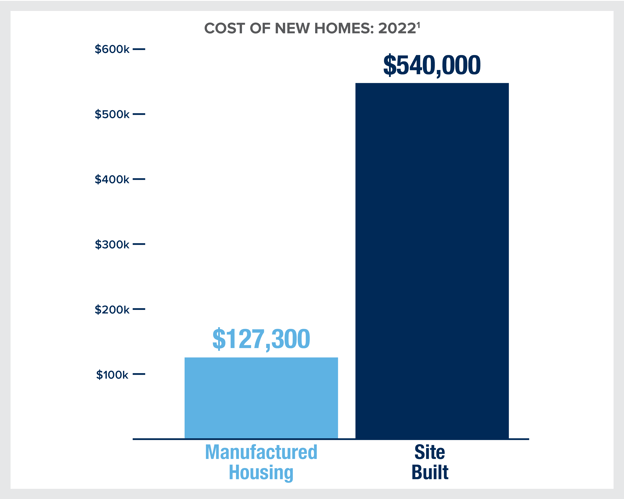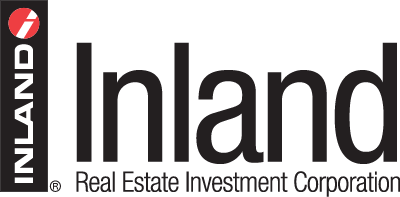The commercial real estate market is vast and varied, with manufactured housing emerging as a standout sector. This sector, once overlooked, is now capturing attention due to changing housing dynamics. Financial professionals and investors may benefit from staying informed about this burgeoning corner of commercial real estate.
The Manufactured Housing Sector: An Overview
Manufactured housing refers to homes that are built off-site and then transported to their final location. In the past, the sector was often perceived as a lower tier housing option, catering mainly to those seeking affordability. However, times have changed. The sector has undergone significant evolution, with manufactured homes now viewed as a viable and sought-after affordable housing solution.
Gone are the days of the stereotypical trailer parks. Today, many manufactured housing communities rival traditional neighborhoods in terms of amenities and aesthetics. Many have evolved from basic parks to upscale communities, complete with shared facilities like gardens, pools, and gyms. Modern manufactured homes cater to a broader demographic, both young and old.
The Evolution of Manufactured Housing
Four catalysts have helped transform and revolutionize manufactured housing:

1. Regulation: Transforming an Industry
The U.S. Department of Housing and Urban Development (HUD) set federal standards for the construction of mobile homes in 1976. The industry also changed the term "mobile home" to "manufactured home" to reflect the improving quality of the industry.
Manufactured homes are factory-built homes built after mid-1976, known for larger and custom floor plans. They are built off site and then assembled on site on a chassis rather than a permanent foundation.
HUD's Manufactured Housing Program is designed to protect the health and safety of those that own and occupy manufactured homes through construction and safety standards.
2. Technology: Elevating Manufactured Housing
Manufactured housing has witnessed a significant technological transformation. Leveraging computer-aided design (CAD) and precision manufacturing, the industry can now craft homes that are both made-to-order and efficient. CAD means shorter construction times and fewer errors. Plus, buyers can personalize their manufactured homes in advance. Today's manufactured homes are more customizable and luxurious than mobile homes of the past. These advancements help enhance the quality and safety of manufactured homes, positioning them as an appealing housing option.
3. Sustainability: The Green Shift in Manufactured Housing
The industry's response to environmental concerns and escalating energy expenses has been impactful. Manufactured housing is eco-friendly from the start, as factory construction is more efficient and produces less waste than ground-up construction. Contemporary manufactured homes also feature improved insulation and energy-saving windows and appliances. The result: a reduced carbon footprint and lower utility bills.
Beyond savings on utility bills, the industry’s growing emphasis on sustainability is driving innovations to further elevate the eco-friendliness of manufactured homes.
4. Lower Costs: A Competitive and Societal Advantage
Affordable housing is a national issue. Manufactured housing is a go-to solution for many Americans, particularly younger generations looking to buy their first home or retirees looking to downsize. The numbers tell the story, as new manufactured homes cost a fraction of conventional new construction:

This cost advantage makes manufactured housing a leading source of unsubsidized affordable housing in the US, providing shelter to more than 22 million Americans with a median annual income of approximately $57,000 in 2021.2
Reasons for Continued Strength in the Manufactured Housing Sector
Current market trends, such as the push for affordability and sustainability, have positively impacted the sector. In addition, rising property prices have made manufactured housing an attractive proposition. With singles and young families looking for their first homes and retirees seeking to downsize, the demand for affordable, quality housing is enduring. As a result, the manufactured housing sector can potentially remain resilient even during economic downturns.
The manufactured housing sector has come a long way from its humble beginnings. For financial professionals, this sector is one to explore and know better.
Sources:
1 U.S Census Bureau. Cost & Size Comparison: New Manufactured Homes and New Single-Family Site Built Homes. 2014-2022 data. Accessed October 2023.
2 ManufacturedHomes.com. Manufactured Homes: A Solution to America’s Affordability Crisis. June 2023



